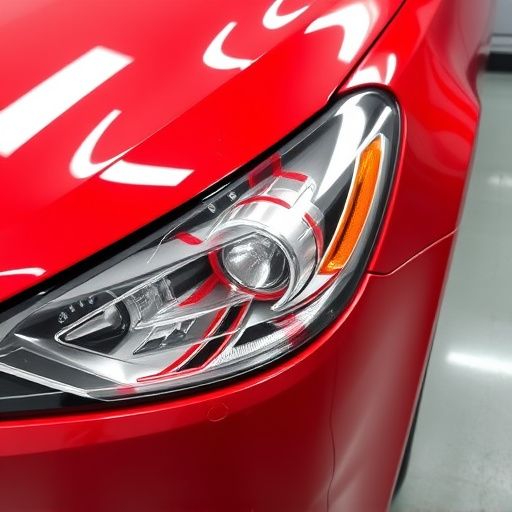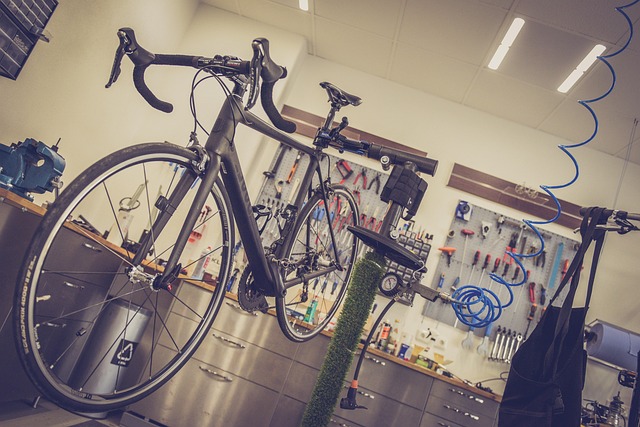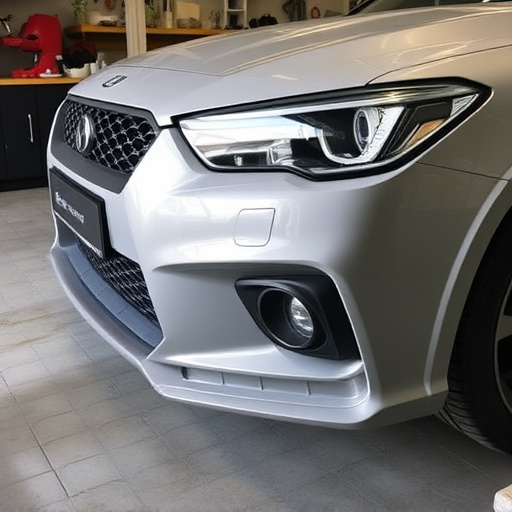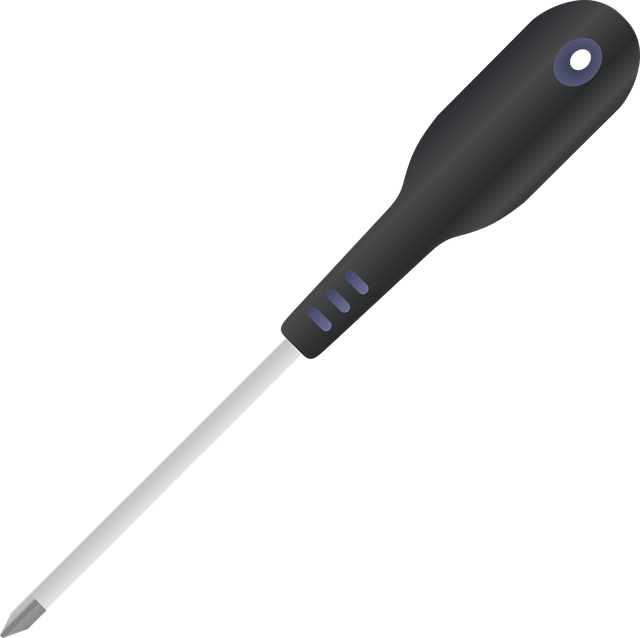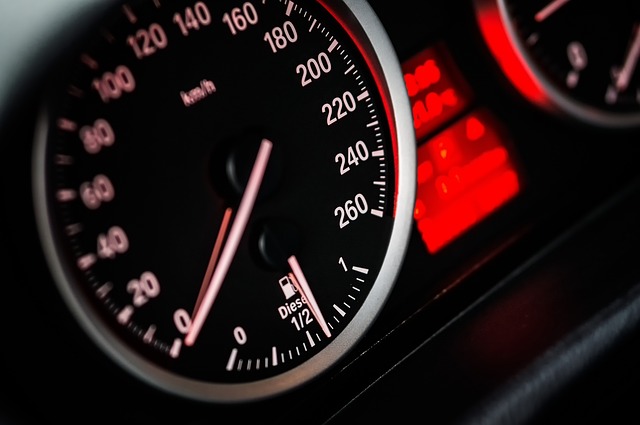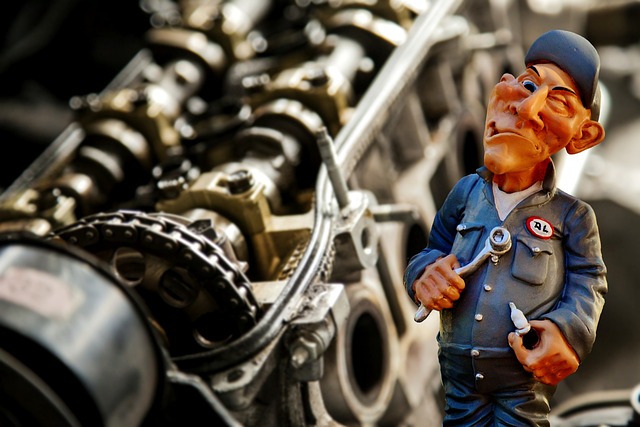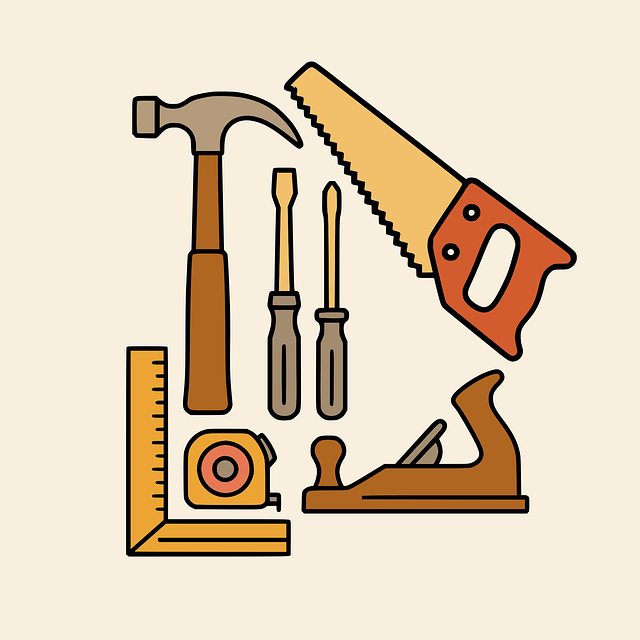Modern repair equipment, including laser cutting systems, robotic welding, CAD software, 3D printing, and intelligent painting robots, is revolutionizing automotive collision repair. These advanced tools enhance efficiency, accuracy, and safety, reducing human error and turnaround times while delivering high-quality bodywork repairs. Investing in versatile, powerful modern repair equipment aligned with specific workshop needs and staying informed about industry trends ensures superior client satisfaction through innovative solutions like paintless car scratch repair and efficient panel replacement.
In today’s advanced world, understanding modern repair equipment is paramount for efficient maintenance and fixing. This article serves as your comprehensive guide to navigating this dynamic landscape. We’ll explore the modern repair equipment ecosystem, from key features and benefits of advanced tools to essential considerations for effective implementation. By the end, you’ll be equipped with insights to make informed decisions regarding your repair needs.
- Understanding Modern Repair Equipment: An Overview
- Key Features and Benefits of Advanced Tools
- Essential Considerations for Effective Implementation
Understanding Modern Repair Equipment: An Overview

Modern repair equipment has revolutionized the way we fix and restore vehicles, particularly in the realm of automotive collision repair and car damage repair. These advanced tools are designed to enhance efficiency, accuracy, and safety during vehicle bodywork processes. From laser cutting systems that enable precise and swift metal fabrication to robotic welding machines that ensure consistent quality, modern equipment is transforming the industry.
The integration of technology into modern repair equipment has led to improved diagnostics, allowing technicians to identify issues more quickly. This includes state-of-the-art computer-aided design (CAD) software for planning repairs and 3D printing for creating custom parts. Additionally, automation in the form of robotic arms assists in tasks like painting and assembly, reducing human error and increasing productivity. These innovations not only streamline the repair process but also contribute to better outcomes for vehicle bodywork, ensuring a faster return to the road for car owners.
Key Features and Benefits of Advanced Tools

Modern repair equipment has revolutionized the way we address vehicle damage, offering advanced tools that enhance precision and efficiency. Key features include state-of-the-art technology, such as digital sensors and computer-aided systems, which ensure accurate measurements and seamless integration with modern manufacturing standards. These tools often come equipped with intelligent feedback mechanisms, providing real-time data on repairs made, and allowing for quick adjustments to achieve flawless outcomes.
Benefits of these advanced tools are manifold, particularly in the areas of vehicle body repair, car scratch repair, and vehicle dent repair. They offer unparalleled control and visibility during the repair process, enabling technicians to make precise incisions, fill in dents, and blend repairs seamlessly with the original paint job. This level of sophistication not only speeds up turnaround times but also guarantees high-quality results, increasing customer satisfaction and ensuring that vehicles return to their pre-damage condition or even beyond.
Essential Considerations for Effective Implementation

When implementing modern repair equipment for auto body repair or vehicle restoration tasks, several key considerations come into play to ensure effectiveness. Firstly, understanding your specific needs and the scope of repairs you’ll be handling is paramount. Different jobs, whether it’s car scratch repair or more intricate auto body repair work, demand specialised tools tailored to those tasks. Thus, evaluating your workshop’s requirements and investing in versatile yet powerful equipment aligned with these needs is crucial.
Additionally, staying informed about industry trends and technological advancements in modern repair equipment will help you make informed decisions. The latest innovations often bring enhanced precision, speed, and efficiency to the table, revolutionising processes like paintless car scratch repair or complex panel replacement. By keeping up with these developments, you can offer your clients state-of-the-art solutions, ensuring superior results in auto body restoration projects.
Modern repair equipment, with its advanced features and benefits, is transforming the way we approach maintenance and fixing. By understanding the key components and considering essential implementation strategies, businesses can optimize their operations, reduce downtime, and enhance overall efficiency. Investing in these cutting-edge tools is a game-changer for any industry, ensuring long-term success and staying ahead of the curve in terms of modern repair equipment.
